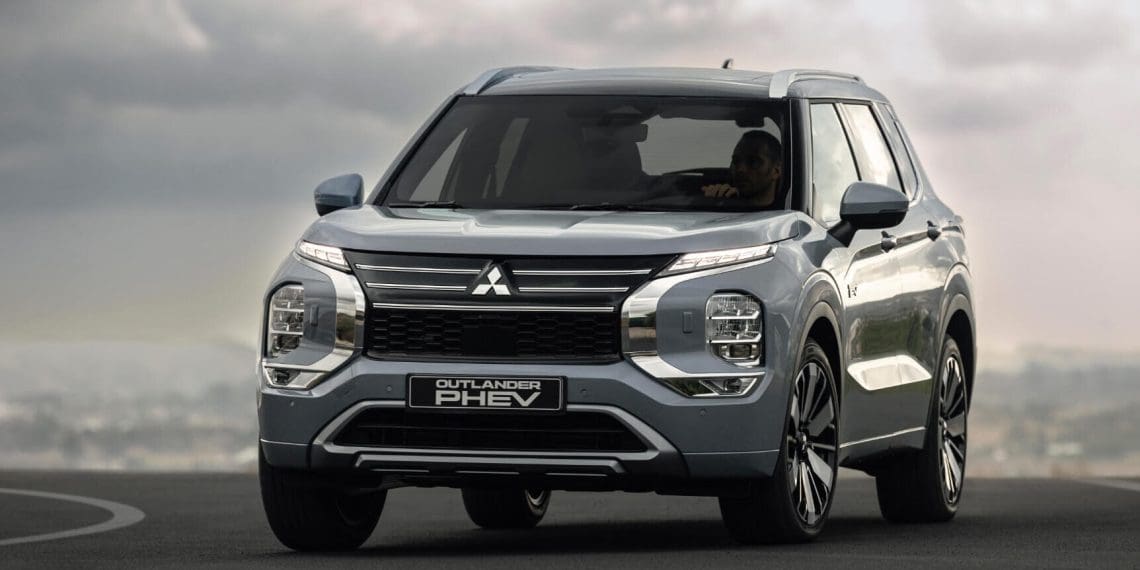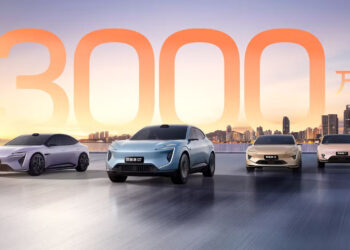Mitsubishi is in serious financial trouble.
The Japanese automaker has slashed its net profit forecast for the fiscal year ending March 2025 by a staggering 76%, blaming lackluster wholesale sales, soaring North American marketing expenses, and rising supplier costs.
Originally projecting 144 billion yen ($932 million) in profits, Mitsubishi now expects just 35 billion yen ($226 million)—a brutal downgrade that highlights the company’s deepening struggles in key markets.
Southeast Asia: Mitsubishi’s Former Stronghold Is Crumbling
Mitsubishi’s biggest blow is coming from Southeast Asia, where the brand once dominated.
🚨 Key Market Declines:
- Mitsubishi lowered its annual sales target from 895,000 units to 848,000 units.
- Most of the shortfall comes from Thailand and Indonesia, two of its previously strongest markets.
- The company was forced to restructure its Southeast Asia offices, including early retirement for 300 employees.
📉 CEO Takao Kato’s Grim Outlook:
“There was a demand of one million vehicles annually in Thailand in the past,” Kato said. “It has not recovered significantly after the COVID-19 pandemic, decreasing even more rapidly in the financial years of 2023 and 2024 due to the high level of household debt.”
With Thailand’s exchange rates working against them and household debt continuing to skyrocket, Mitsubishi sees no near-term recovery in one of its most historically successful regions.
Is Mitsubishi Getting Squeezed Out of the Nissan-Honda Merger?
Despite Mitsubishi’s deteriorating financial outlook, its potential role in the upcoming Nissan-Honda merger remains uncertain.
Rumors suggested that Mitsubishi could be ousted entirely, but Kato downplayed the speculation, hinting that the company still expects to play a role.
“It’s unlikely Mitsubishi will not be involved at all,” Kato said. “We are waiting to see how the merger plays out before making any decisions.”
Mitsubishi’s biggest strengths—plug-in hybrids, dominance in Asia-Pacific, and its focus on pickup trucks—could still be valuable assets in the new Nissan-Honda alliance. But if the merger sidelines Mitsubishi, the company’s long-term future looks even shakier.
What’s Next for Mitsubishi? A Company at a Crossroads
Mitsubishi still has some cards to play, but its biggest challenges remain unresolved:
⚠️ Declining market share in Southeast Asia
⚠️ North American struggles with high marketing costs
⚠️ Uncertainty over its role in the Nissan-Honda merger
🚀 Will Mitsubishi find a way to rebound, or is it slowly fading from relevance?
🚀 Can it carve out a new role in a changing auto industry, or will it be swallowed by larger players?
With its future hanging in the balance, the next few months could be make-or-break for the Japanese automaker.










